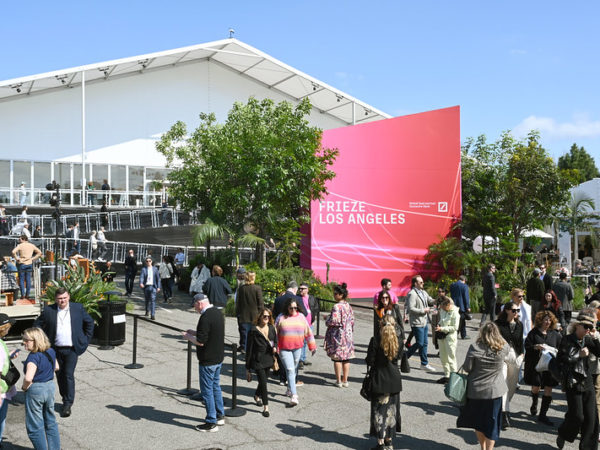AN ACTIVIST BEHIND THE LENS
A retrospective exhibition of the photographer Shahidul Alam’s work graces Kolkata.
Emami Art presents a solo exhibition by photographer Alam: Singed, but Not Burnt, curated by Ina Puri at the gallery in Kolkata.
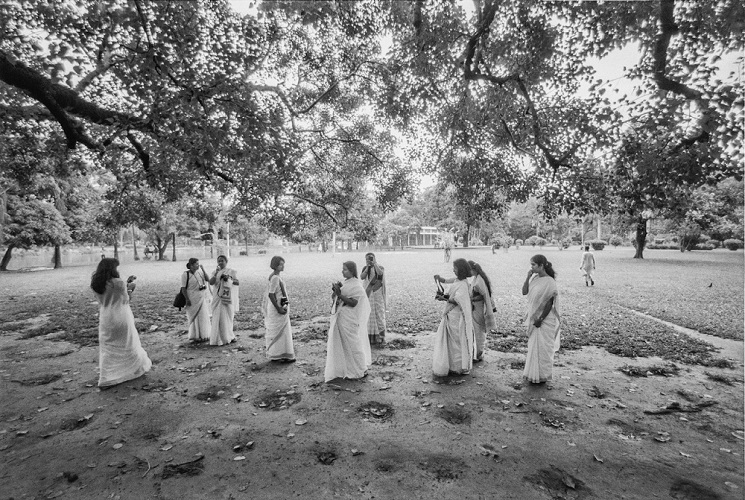
Opening on the 18th of June, the retrospective exhibition spans the four-decade long career of the renowned photographer who is also a writer, an activist and an institution-builder. The retrospective will be on view for a month before travelling to other Indian cities. The panorama of photographs exhibited will give the viewer an idea of Alam’s engagement with issues relating to equality for all as well as his lifelong mission to make visual literacy accessible to everyone through images he has shot during his brilliant career as a photo-journalist and documentarian.
Some photographers are not just image makers but they bring much more to the table when they are behind the lens. As the founder of Drik Picture Library, Pathshala South Asian Media Institute, Chobi Mela in Dhaka, Bangladesh, Shahidul Alam is one of the forerunners of photography as a potent form of ‘art intervention’.
In 2018 when the state authority incarcerated him for 107 days (August 5 – November 20, 2018) he emerged as an important voice towards the issues of road-safety around public ‘protests’, and of course freedom of speech and expression.
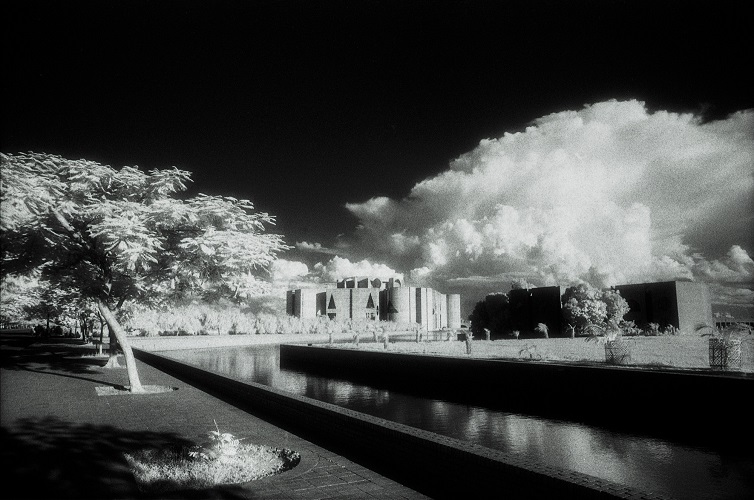
Singed but not Burnt will display over 80 significant photographs right back from his early archives to his most recent work, sometimes shot urgently with his mobile phone, on the streets while covering a raging riot. Apart from Alam’s own photographs, the exhibition will present vignettes from his life and show among other rare visuals, models created by his niece Sofia Karim of the layout of Keraniganj Jail.
“Especially relevant at a time when freedom of speech and expression is being challenged the world over, the powerful work of Shahidul Alam is like a beacon of light and hope that gives the common man long denied his and her rights, a voice to protest against this grave injustice,” says curator and writer Ina Puri.
The title of the exhibition is drawn from Shahidul Alam’s statement: “As journalists we need to feel the heat, to stand close to the fire, but then we also risk being burnt. If we were to take one step back, we become ineffective. The trick, therefore, is to get singed but not burnt.”
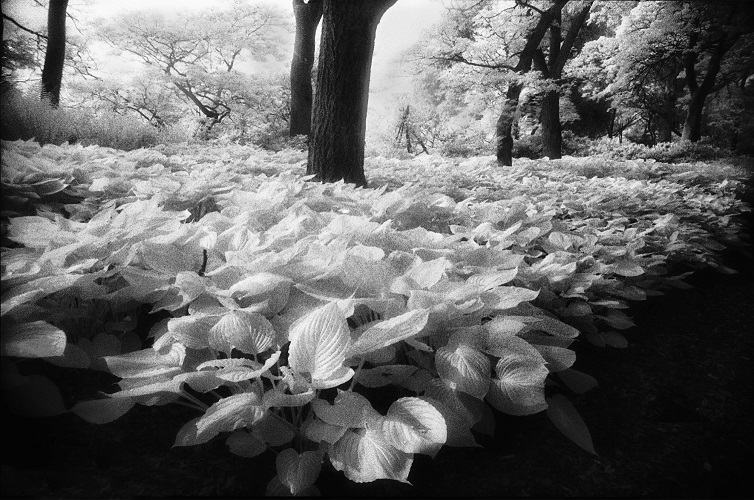
The exhibition features moving portraits, landscapes devastated by climate change, and images of the daily strife and rigour met by the ordinary person in the streets who has to struggle through poverty and social inequality to make ends meet. Alam’s searing images bring alive issues that sometimes go unreported. “The lens of the photographer remains focussed on the under-represented minority and never wavers, creating visual images that will linger forever in one’s consciousness,” writes Puri.
Alam once wrote about his work: “Style and aesthetics are merely part of (a) toolkit. I am a storyteller, and the vocabulary I use is based on the audience I am speaking to, and the context in which the story is being told.” Having said that, there are some images that speak a universal language which may be recognized irrespective of geo-political location or context.
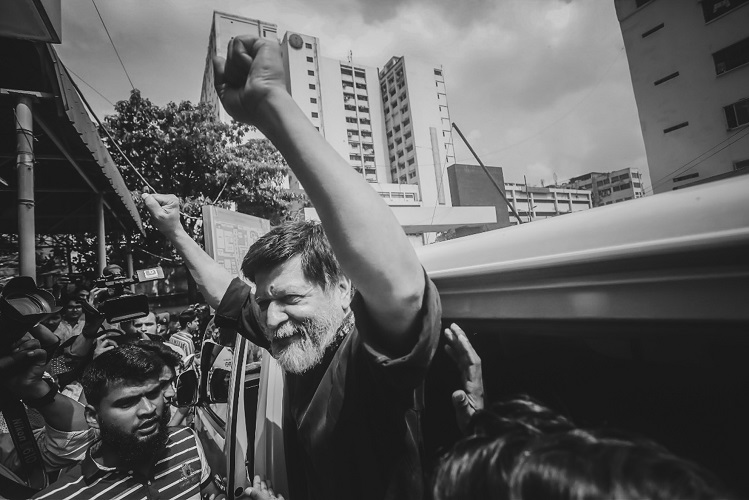
Selected meticulously from the photographer’s vast archives in Dhaka this exhibition provides the viewer a look at his early experiments in ‘pictorialism’. The ‘Pictorialist’ movement (Late 19th and early 20th centuries) which regarded photography as a fine art that often-included symbolist imagery.
Alam’s later experiments explored the political space by developing a new vocabulary. In a parallel narrative shot by his students and colleagues we see Alam himself amidst protests, then his incarceration at Keraniganj. The triumphant moment arrives after huge international invention from global intellectuals and leaders who demand his unconditional release and the government finally allows him to walk free. Emami Art shares an image of that moment with viewers.
The curator, Ina Puri, had first exhibited Shahidul Alam in Delhi in 2016 with Kalpana’s Warriors and since then worked closely with the photo-journalist on projects making regular visits to Dhaka to see his work and his curatorial presentations at Chobi Mela Festival. During the period of his incarceration, she was in close contact with Alam’s partner Rahnuma Ahmed who brought her news from Keraniganj Jail.
It is the collaboration of Alam, Rahnuma Ahmad and Ina Puri that made this major event possible, with the cooperation of Asm Rezaur Rahman, Tanzim Waha, Munem Wasif, Taslima Akhter and Saydia Gulrukh amongst others at Drik and Pathshala.
Text by Georgian Maddox
Image Courtesy: Emami Art and Shahidul Alam
Find more about the Exhibition, Gallery and Artist:
https://www.nationalgeographic.org/find-explorers/shahidul-alam
https://cpj.org/awards/shahidul-alam-bangladesh/
https://www.instagram.com/shahidul001/
https://time.com/5475494/shahidul-alam-bangladesh-journalist-person-of-the-year-2018/


